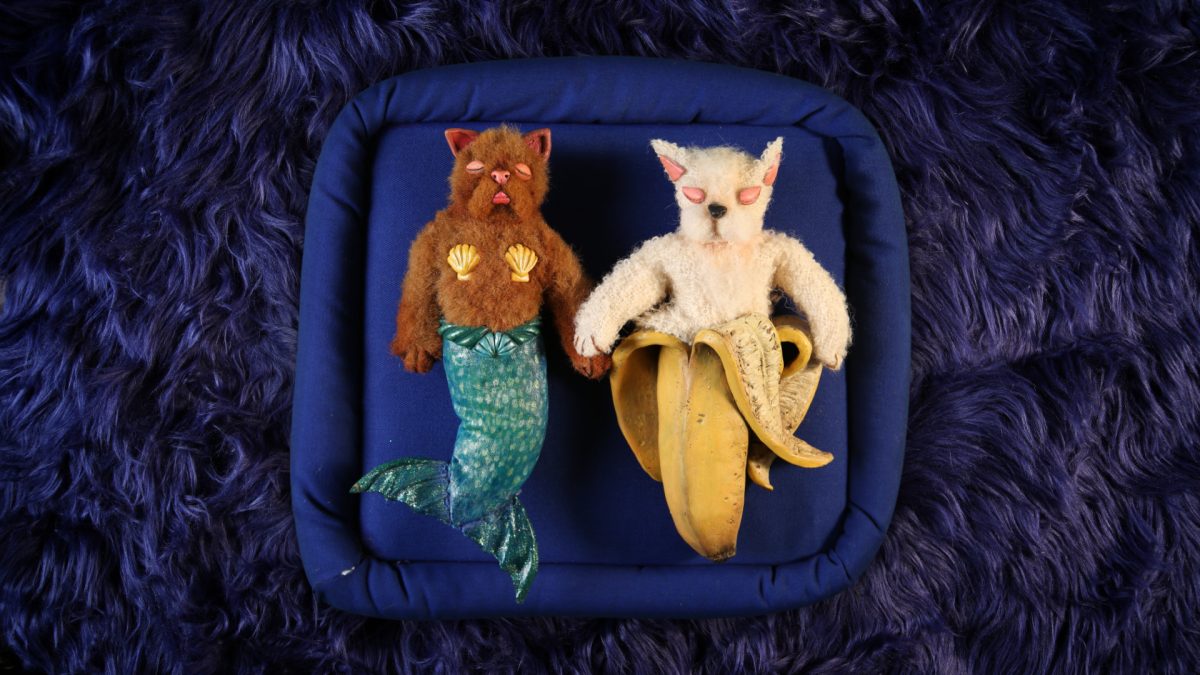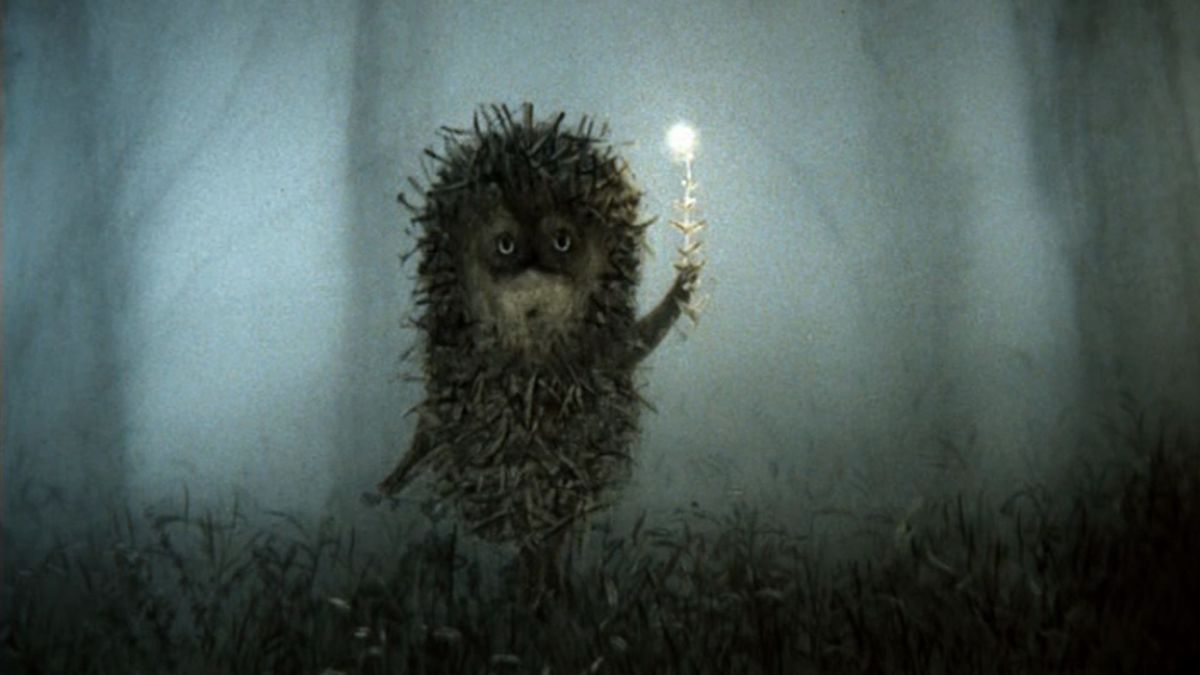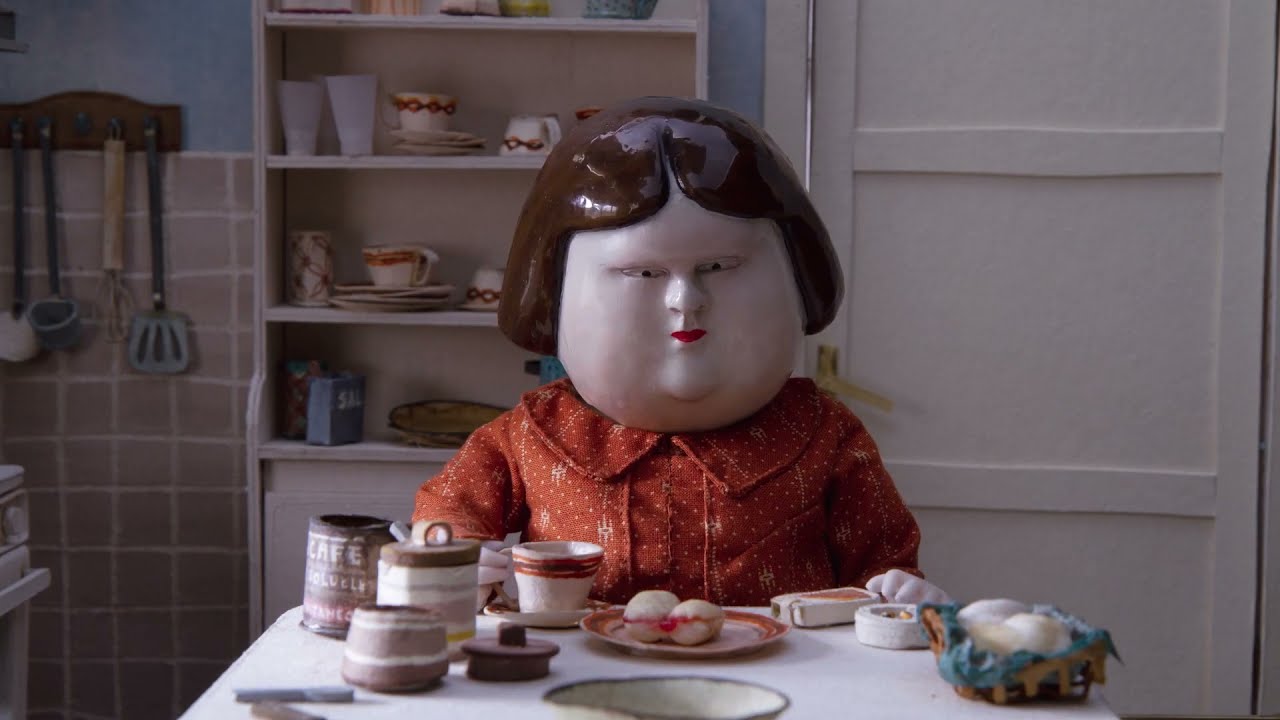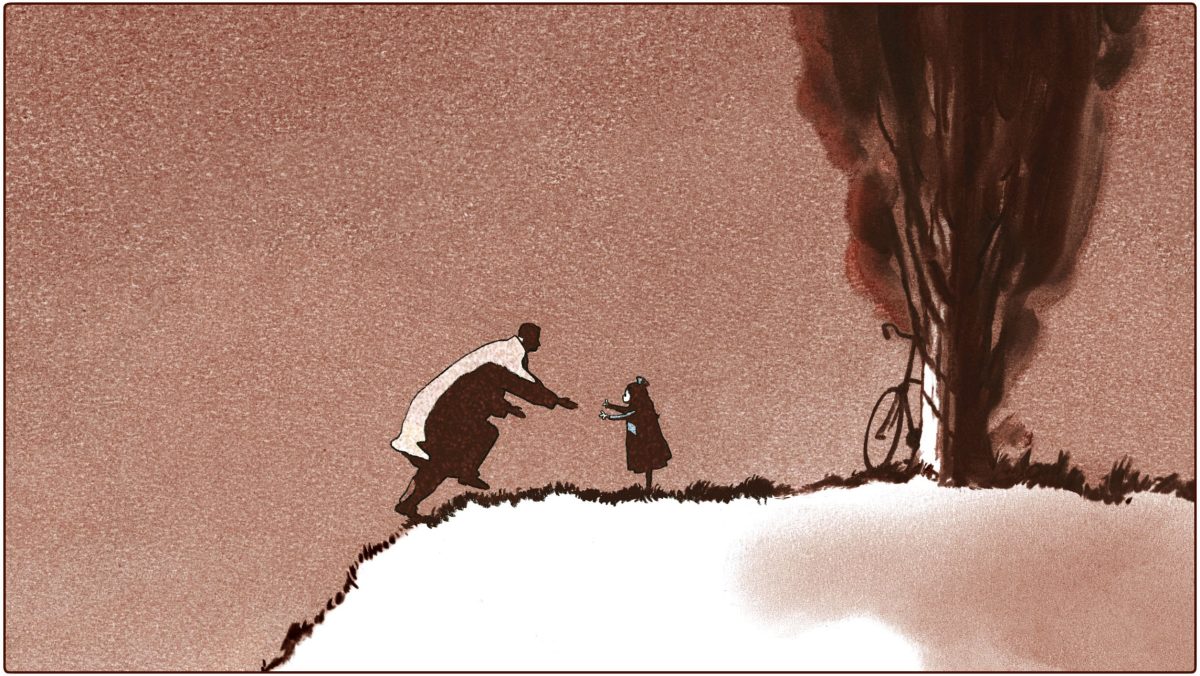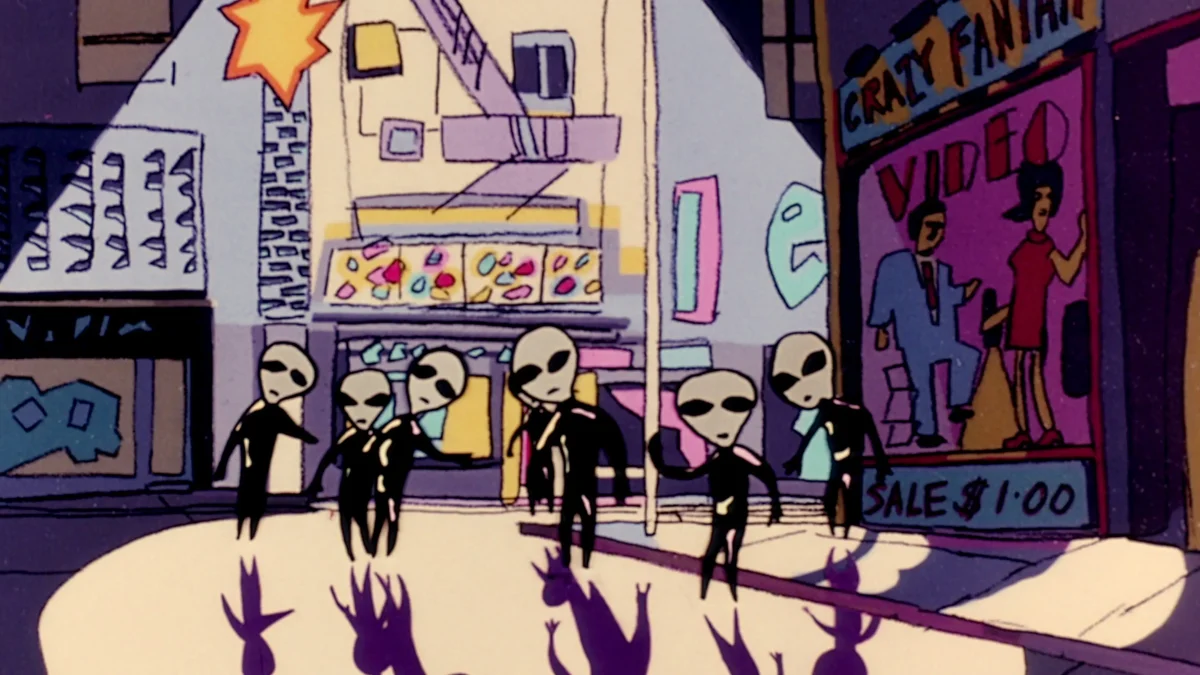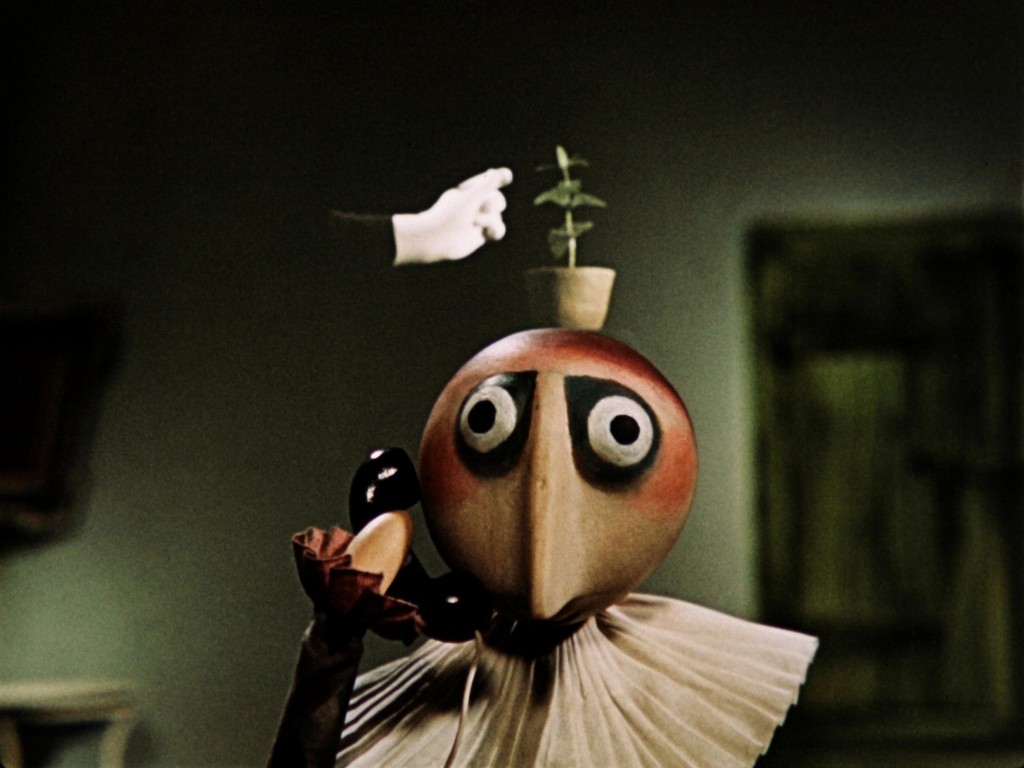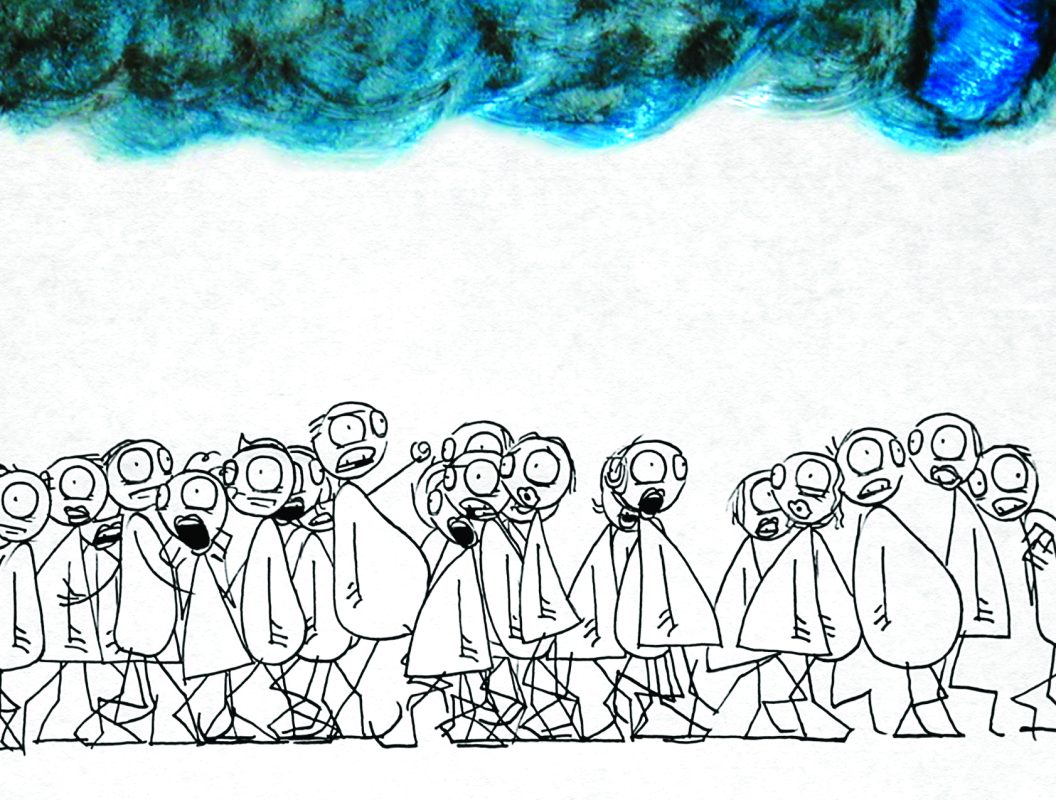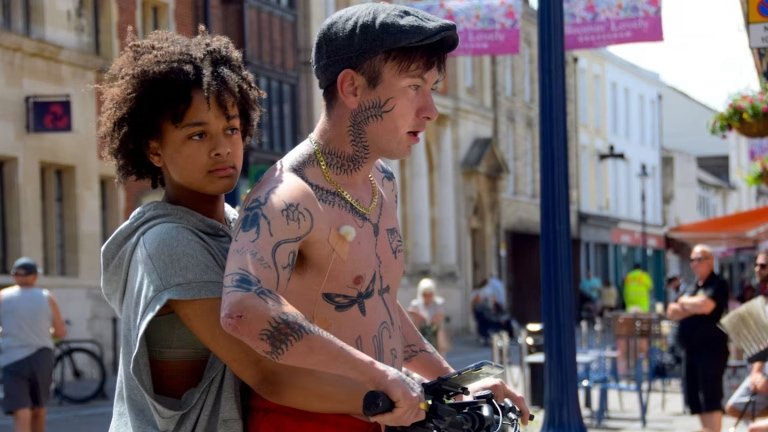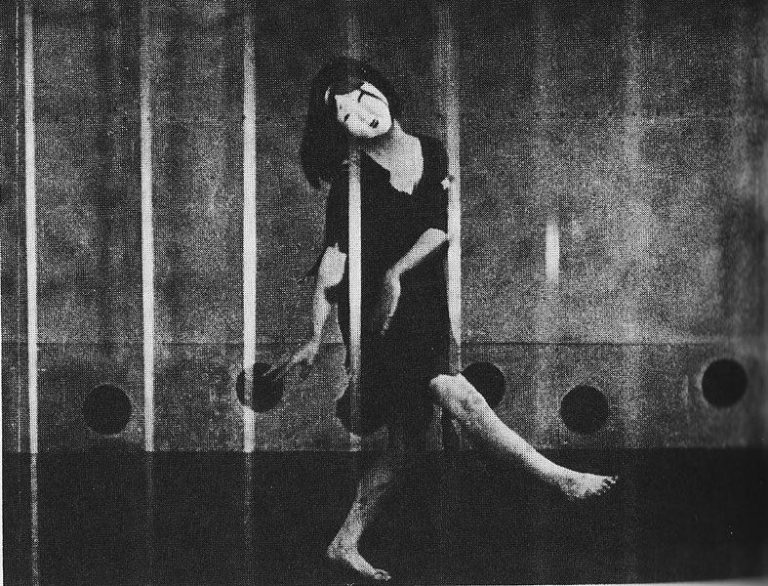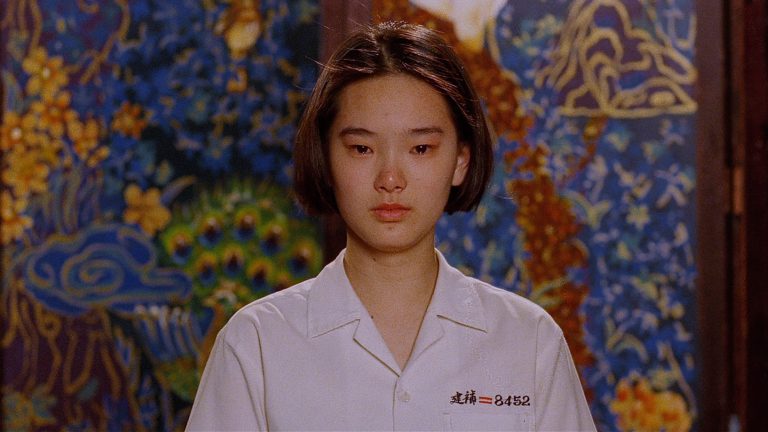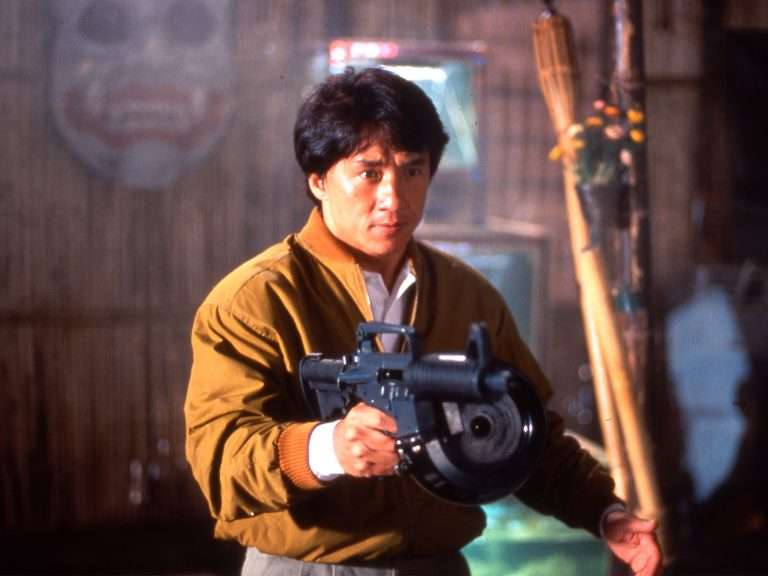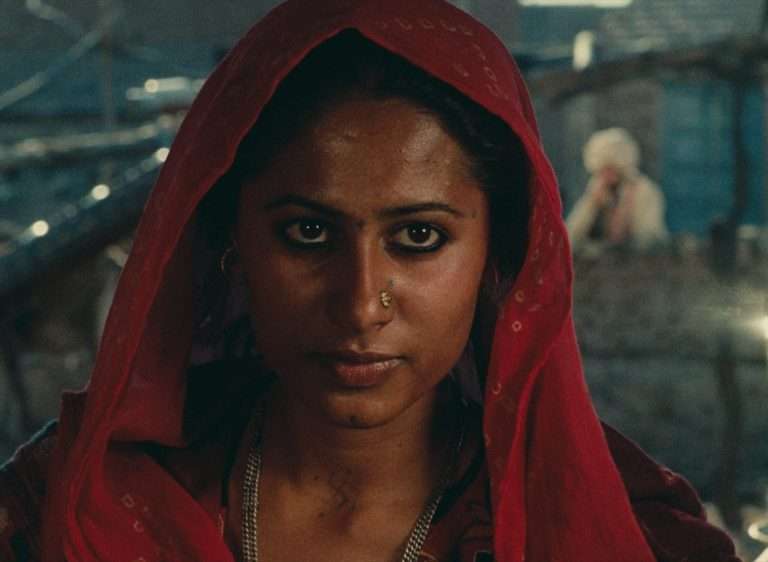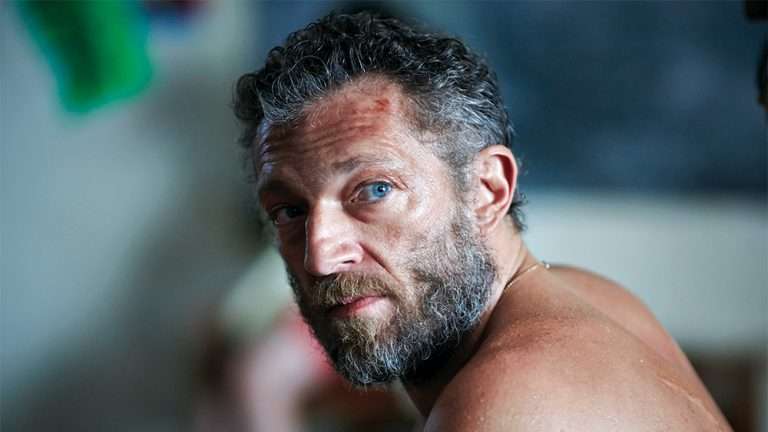Animated short films may be assumed to further the preoccupations of the animated feature films, but they remain very much marching to the beat of their own drum. Stories are allowed to triumph without being supported by a traditionally elongated narrative. The Academy Awards started appraising their value since the 5th Academy Awards in 1932. Such is their allure that there are exclusive short films by Studio Ghibli that are regularly played at the Ghibli Museum.
Devoid of the density of the feature films, the animated short films have historically been denied a chance to prosper and gain the same popularity. In fact, if anything, not much importance is given to their power to surprise and provoke.. The list demonstrates an extraordinary variety and vitality of artists as it moves from tales of friendship to ghost stories, from stories that are joyfully absurd to downright morbid and brutish. The larger intention has been to include films from different eras. If Pixar short films have far greater visibility, then it points to the need to recognize and introduce the works of artists like Richard Condie and Yuri Norstein to a wider viewership.
1. Under Covers (2018)
Michaela Olsen’s “Under Covers” opens with a naughty moon looking over matchbox-like houses in an oddly placid neighbourhood. As the moon’s gaze makes a beeline for the bedrooms of the houses, salacious secrets tumble out of the blankets. We have a motley of characters with quirky anomalies: a socialite who wants to swap places with her dog, a queer couple whose inclusive love gives ideas to other species, a pigtailed psychopath who is on a killing spree on the full moon night, a hunter with the heart of a child, and a nun who hides away her sexuality that is unacceptable to the weighty male-centric world in which she is obliged to move. The characters are part of a community, but we are not certain if those communities sustain or at least tolerate their distinctiveness. Therefore, the secretiveness.
Olsen is polemical; she startles with her choice of contradictions. “Under Covers” questions institutions, moral imperatives, and social clichés. In the end, all the characters drift out of their windows and float around the moon. Two contrasting movements close the circle that was opened at first: one, outward to a wider world, and one inwards in the bedroom, opening up to an awakened self-awareness.
2. Horacio (2020)
“I learned nothing in prison. But I forgot things.”
Caroline Cherrier’s “Horacio” uses a ligne claire style of animation to take on the weight of a tragedy it neither understands nor dignifies. The growing gloom is complemented by the plainness of the design and the voiceover. In the film, Guillaume, a young man, is sentenced to eight years of prison time for killing Horacio. The murderer seems to carry an odd nonchalance about his deed. He says he did not kill the boy because of his childhood trauma; he killed him because he was yelling.
In a metaphorical feat, the moral floors that the boy traverses ooze out a gluey substance, creating an amoral space. Then there is the mother, whose unsettling act of buttressing her son’s ego instead of condemning him adds to the unsteady moral structure. We never really know what caused Horacio to be killed. Everything in the film is unspecific. Guillaume says that Horacio’s yelling drove him mad, but nothing definite is made of the fact. “Horacio” is persuasive in a way that is hard to define. It poses a piercing questioning of the human muddle that we consistently find ourselves in.
3. The Big Snit (1985)
Canadian animator Richard Condie’s films seemed to chart quite a new territory in the 1980s and 1990s. “The Big Snit” is his most renowned work. Some of his other shorts are “Pig Bird,” “The Cat Came Back,” and “The Apprentice.” With hints of strange anthropomorphism, the film moves away from what seems to be the pressing need to be literal or offer an explanation. The animation style is nothing more than an assemblage of ugly squiggles, which supports this endeavour of embodying meaninglessness. Having ostensibly abandoned reason, Condie settles for a love story in the backdrop of an impending nuclear war. A domestic squabble breaks out over a game of Scrabble. As the wife gets up to vacuum, the husband turns on the television show, “Sawing for Teens.”
Both the husband and the wife are annoyed by each other’s outlandish habits of each other. There seems to be no reason why one would saw the table or shake their eyes, is there? But in Condie’s world, they are instrumental in pushing a marriage to the brink. As people run amok outside, the couple remains highly detached, cocooned inside their house. The idea Condie seems to promote is the need to adopt a certain shrewdness in love and war. The film ends with annihilation, but it’s the kind that makes heaven out of an existing hell. Peace is restored only with regression.
4. Kandittund! [Seen It!] (2021)
Rabindranath Tagore, in his memoir “Chhelebela” (1940), moons over the intimate relationship the Tagore family shared with the ghosts that populated their Jorasanko house. There was a Brahmadaitya, who would unbend his leg from a nut tree and let it reach out to the third floor of the Jorasanko mansion. Tagore also wrote about a shakchunni, a female ghost, who was known for her unhealthy obsession with fish. Ghosts, more than being supernatural and fantastic, were domestic concerns. The tales in Adithi Krishnadas’ “Seen It!” seem to share a strange kinship with Tagore’s account.
Suresh Eriyat, the creative director of the film, in his endeavour to document the legendary tales of these quirky beings, offers a cultural perspective of the twentieth century’s growing awareness of the instability of the world that was unfolding. Eriyat’s father, P.N.K. Panicker, offers a detailed exploration of the individual premodern Malayali ghosts that melts into a larger dialogue of the social history of the uncanny. Both Tagore and Panicker note that the advent of electricity eventually diminished the glory and the population of these beings. There is an acute lament in both their voices, and “Seen It!” perfectly limns in black and white a nostalgia for a certain douceur de vivre of a tight little world ‘peopled’ by the ghosts.
5. Hedgehog in the Fog (1975)
In the 1970s and 1980s, Yuri Norstein revolutionized Soviet animation. Legendary Japanese animator Hayao Miyazaki has named Norstein’s “Hedgehog in the Fog” as one of the 25 films that stimulated his artistic curiosity. The film has held sway over the Russian imagination ever since its release, as is testified by the hedgehog monument erected in Kyiv (now in Ukraine, formerly in the Soviet Union) in honour of it.
In the film, a little hedgehog sets out to meet his friend, a bear cub, to drink tea. With him, he carries a bundle containing a jar of raspberry jam as a gift, which he loses soon enough. The favourite activity of the friend is to count stars together. The hedgehog traverses through barren lands and deep forests and meets several fantastical animals, like a colossal owl and a mysterious spotless white horse. Norstein wrenches the little animal into a thick fog, which opens up to freshly complex vistas that are both stunning and threatening. The film’s implied message stretches far beyond the realm of friendship and childish fear into the realm of political allegory. It is as layered as the dense fog in which our hedgehog gets trapped.
6. Bestia (2021)
“Bestia” is a masterwork of horripilation, but of a kind that is not concerned with the supernatural or Gothic. At its core, it has a pervasive sense of mental, moral, and spiritual disturbance. The film unveils, layer by layer, the underlying horror of the life and ‘work’ of Íngrid Olderöck. Olderöck is deranged, and nothing better portrays the lifeless, stolid energy that runs through her than the creative choice of using porcelain dolls in the animation. The film seems to stem from a fascination with forbidden knowledge about scandalous figures and with the disruptive leaps of human imagination.
If you are planning to watch “Bestia” during your morning commute, it will inevitably leave a morbid memory. Should you feel the blow of the depiction of such brutish ideals, then I can veer off course to end with the story of Negro Matapacos. Negro Matapacos, a street dog, is immortalized in the public memory of Chile as a street dog, dashingly riding through the streets like a flash of lightning in the 2011 uprising in Chile. The dog, being acutely aware of the right and wrong sides of history, would attack the riot police and protect the protesting students. What Matapacos provides is a therapeutic and recuperative legacy, one that tries to repair the dent of the chilling blighting of both dissenting lives and the political history of Chile by “Woman of the Dogs.”
7. Father and Daughter (2000)
Michael Dudok de Wit achieved immediate popular acclaim with his dialogue-less animated feature film “The Red Turtle” (2016). However, what brought him an Academy Award was his 2001 animated short “Father and Daughter.” The film plays out like an autumnal idyll. It is the story of a young daughter who shares a heartwarming bond with her father. One day, the father leaves the daughter behind and rows away. Time and tide both wax and wane, but the daughter’s longing for her father’s love remains resolute. Throughout the course of the film, she becomes a teenager, a young adult, a mother, and then an old lady.
The return to the father in the end is not an illusion; it is certainly a reality for the relatively privileged, that is, those who let the eternal fire of the human spirit burn within them. What serves to fire the spirit is the cultivation of momentary appreciation of the beautiful. Dudok de Wit has an acute awareness of the ephemeral nature of human contact and human experience. The film has a darkness that permeates its core, but that does not make it any less joyful. In fact, what prevents it from becoming drab is how it intermixes the darkness with light.
8. Abductees (1995)
American culture was already in a state of conspicuous flux in the 1990s, when the public fascination with people being ‘kidnapped by UFOs’ added to its frenetic energy. Paul Vester’s “Abductees” came at a time when “X Files” held sway over television. Its carefully wrought narrative mingles a wide range of animation techniques, documentary-style interviews, and hypnotic regression tapes, suggesting a new kind of mythmaking. “Abductees” has a sense of probing intelligence, even with its Liquid Television visual aesthetics.
In one of the stories, a woman narrates how a big alien seemed to float along gracefully, while its compatriots, the little ones, were not particularly graceful. In fact, according to her, they resembled dentists at work. The abductees who narrate their experiences with abduction are induced to take upon themselves the weight of a lifelong struggle between truth and falsehood. Most of the abduction stories are marked by an ecstatic swoop. The violent yoking together of images and sensations offers a fusion of varying insights and impressions. Despite the very public admission of the alien abductions, these confessions remain boxed inside the confines delineated by public doubt. The film, interestingly, provides a space in which the reasonable and the doubtfully reasonable would triumph.
9. The Hand (1965)
“Mr. Deitch, I am a very famous man!’
Jiří Trnka was indeed a very famous man in Czechoslovakia and in the entire world of animation. When we first met, he said the above words to me. It was, I learned, in his usual ironic code. Translation: ‘I am not a free man!’”
– Gene Deitch
The animated films of the Czech lands can be seen as setting a standard against which later animated films had to measure their cinematic ambitions. Directed by Jiří Trnka, “The Hand” looks back at a political climate that had little room for freer artistic expression. Trnka modelled Harlequin, the central figure, on him. In the film, Harlequin, the artist, has to face severe oppression from a freewheeling, colossal hand. The Harlequin is famous; therefore, he is not free, and the hand can reach him anywhere.
It orders the little man to make its sculpture over the flower pots. The hand is self-laudatory; it is inordinately proud of itself and wants the same reverence from its subjects. The artist is at the mercy of the whims and moods of those who own and manipulate power. Hence, he has to erect an elaborate display of loyalty. “The Hand” throbs with a unique energy– we have both the establishment and anti-establishment figures. The film proceeds to represent the stages of a political and moral collapse.
10. The Meaning of Life (2005)
“It is difficult to get a man to understand something when his salary depends on his not understanding it.”
If we consider this quote by Upton Sinclair and turn it on its head, we will realise that it drives home the point that Don Hertzfeldt’s 2005 short film, “The Meaning of Life,” tries to broach.
In the film, little enough actually happens. We are presented with a gobbledygook and nudged to note the elusive strangeness of the Darwinian transmogrification carefully. From there erupts a human muddle, which futilely tries to rebel against its very destiny but eventually gets charred. The genteel civilization advances into tentacled life forms. In the end, two aliens ponder the meaning of life.
In “The Meaning of Life,” Hertzfeldt experiments with a form that primarily relies on camera work. Obviously, in its modest way, the animated film offers a questioning of evolution and the absurdity of it all. The more we try to understand it, the more we try to reject the working of the eternal hourglass of existence. We wake up, get dressed, and set out for our jobs precisely to keep away the thought ‘‘What is the meaning of life?’’


